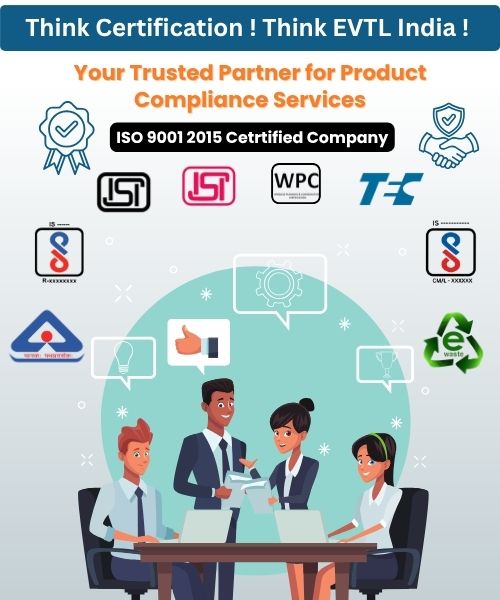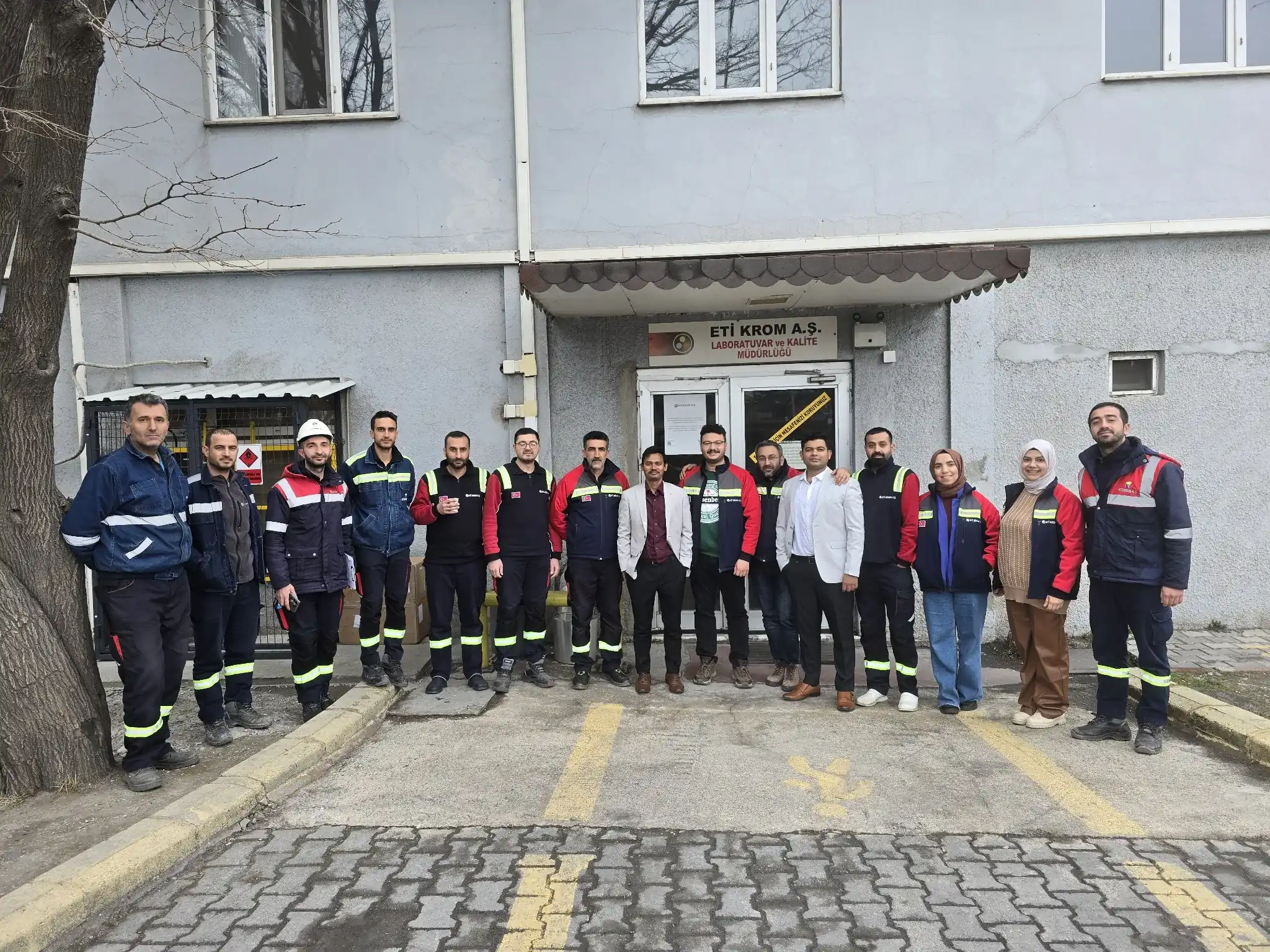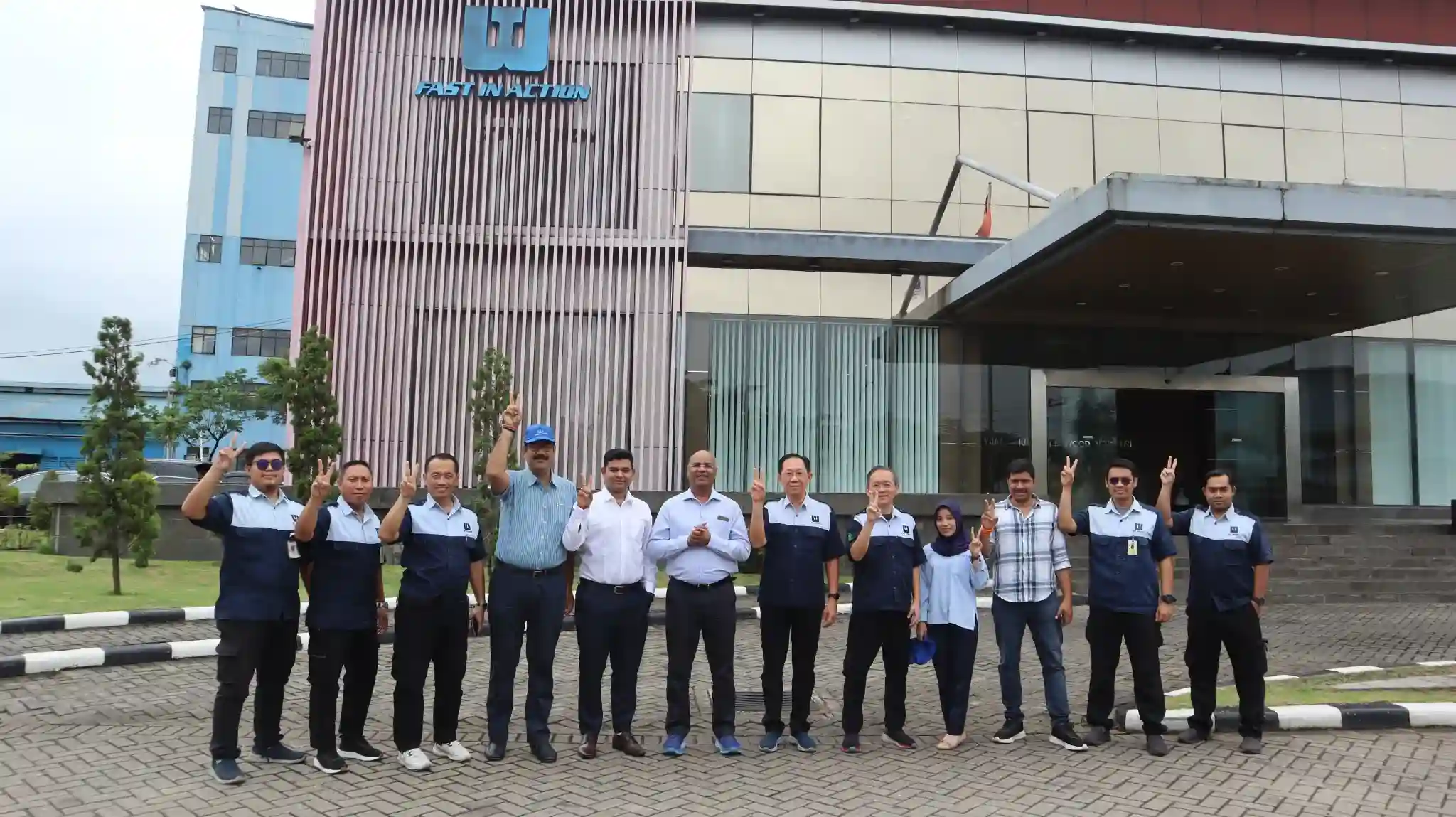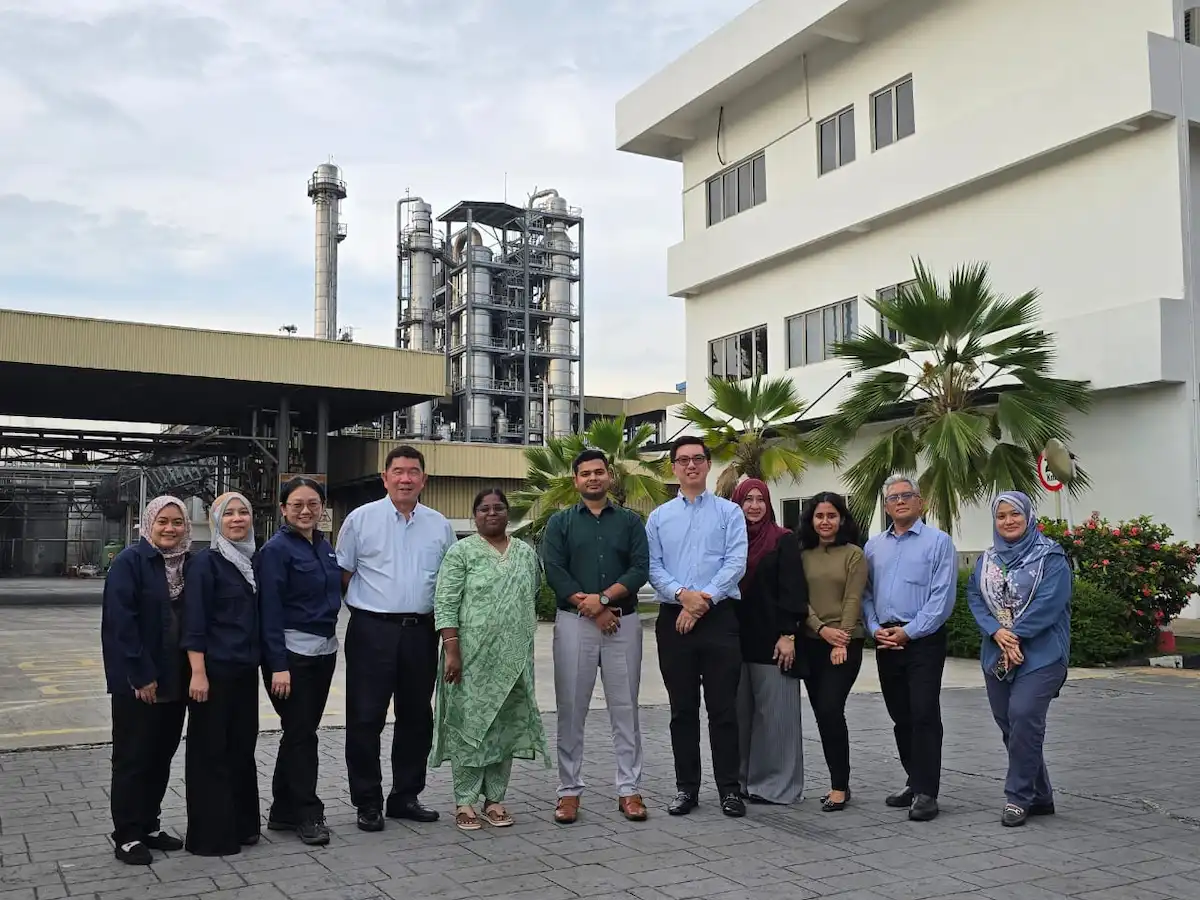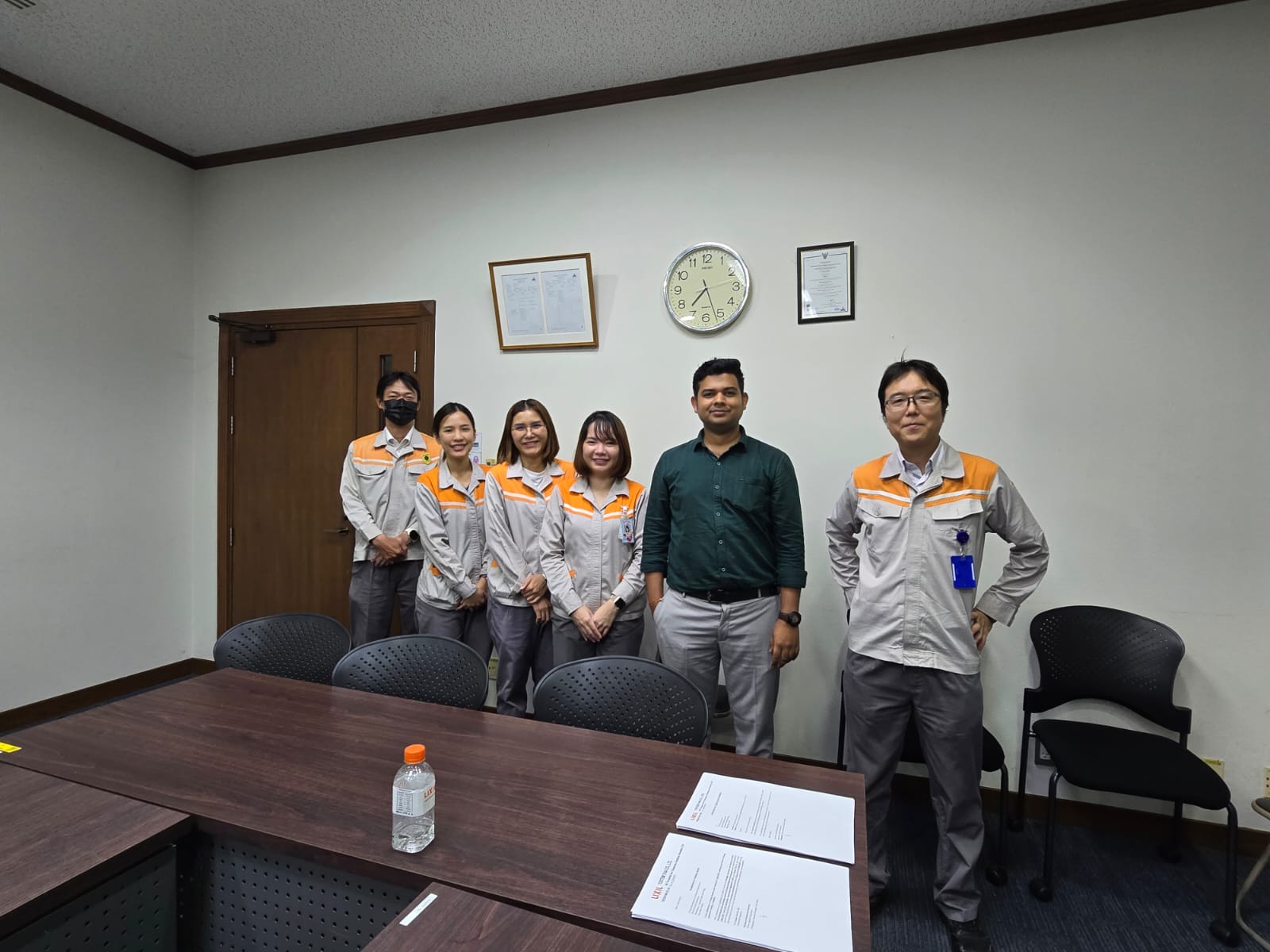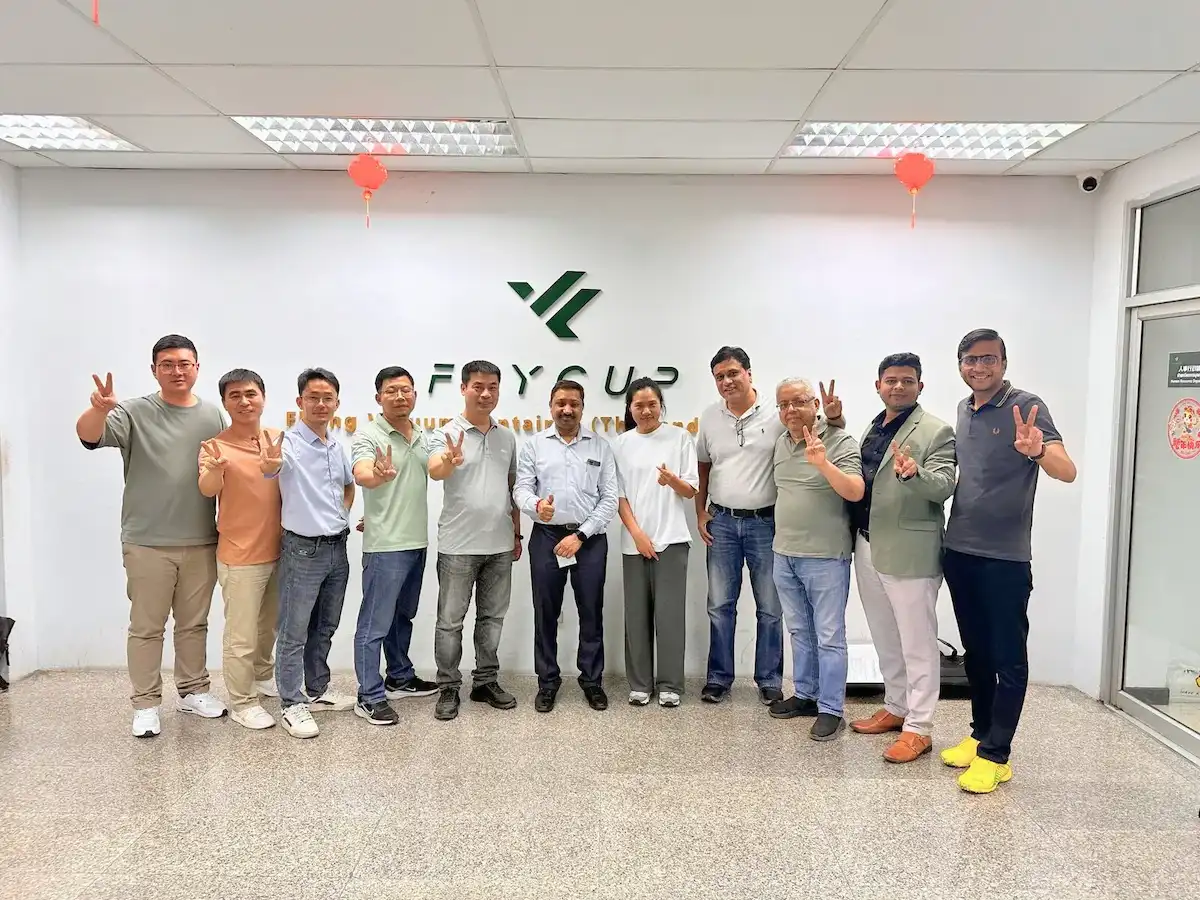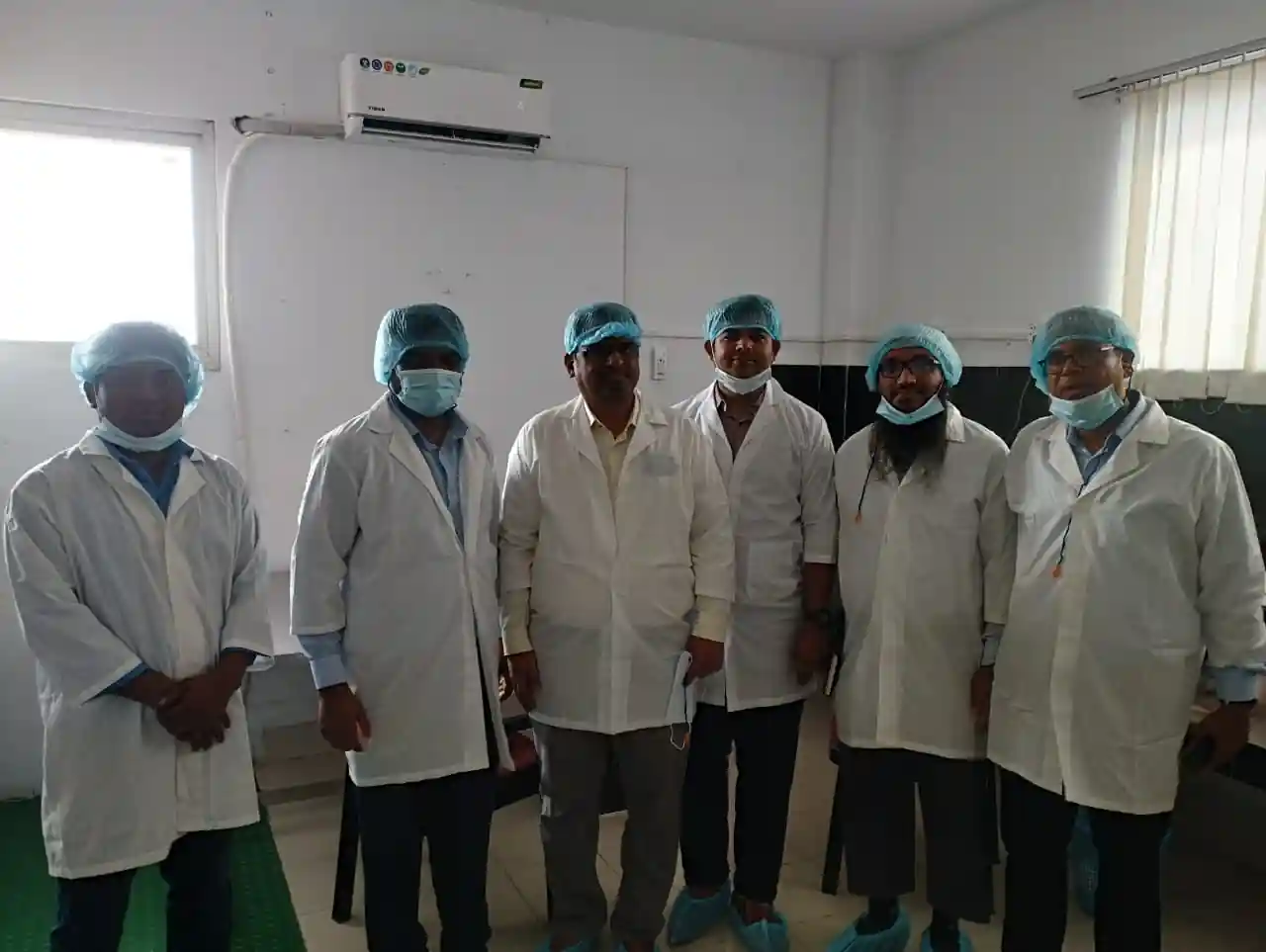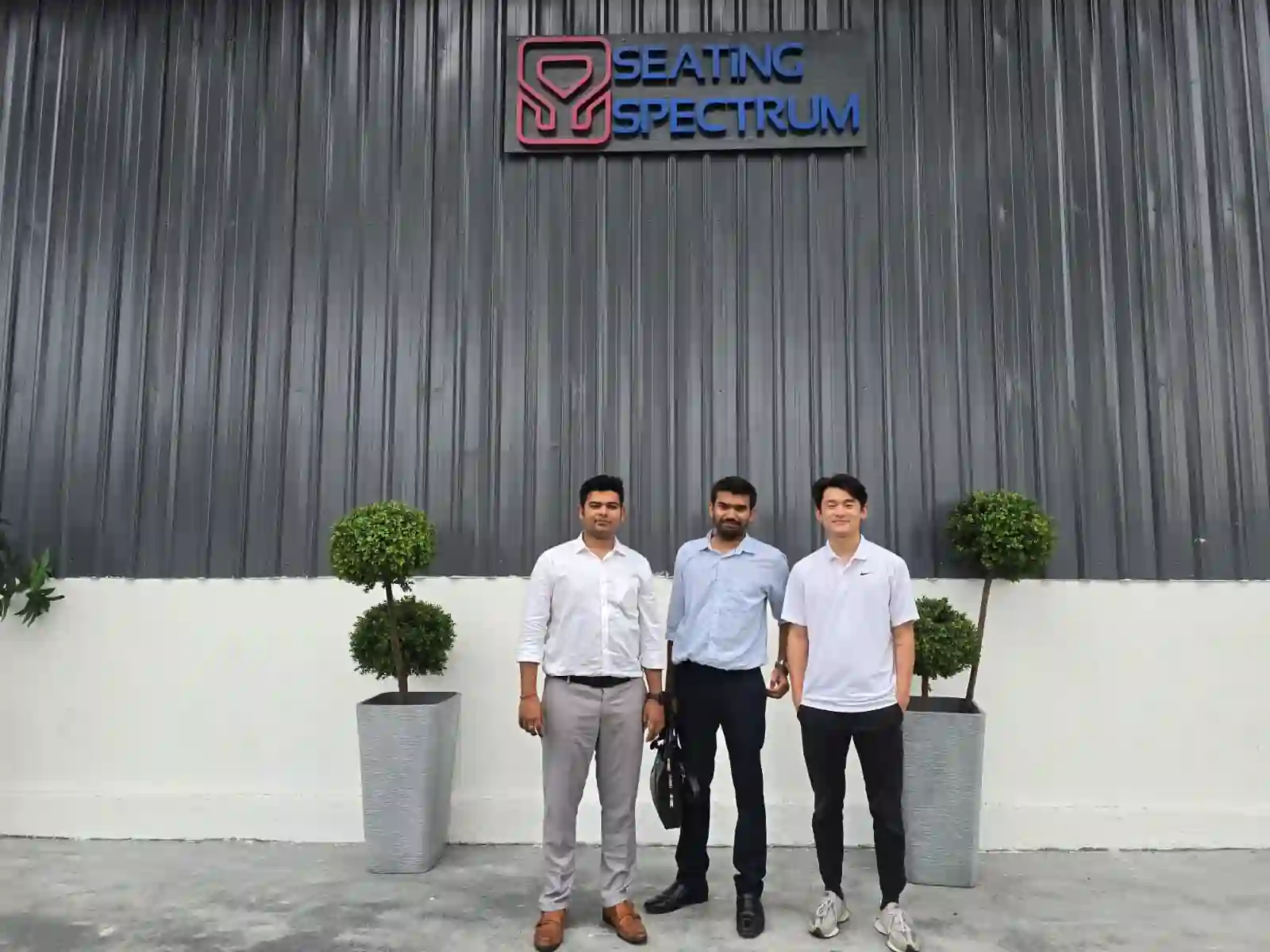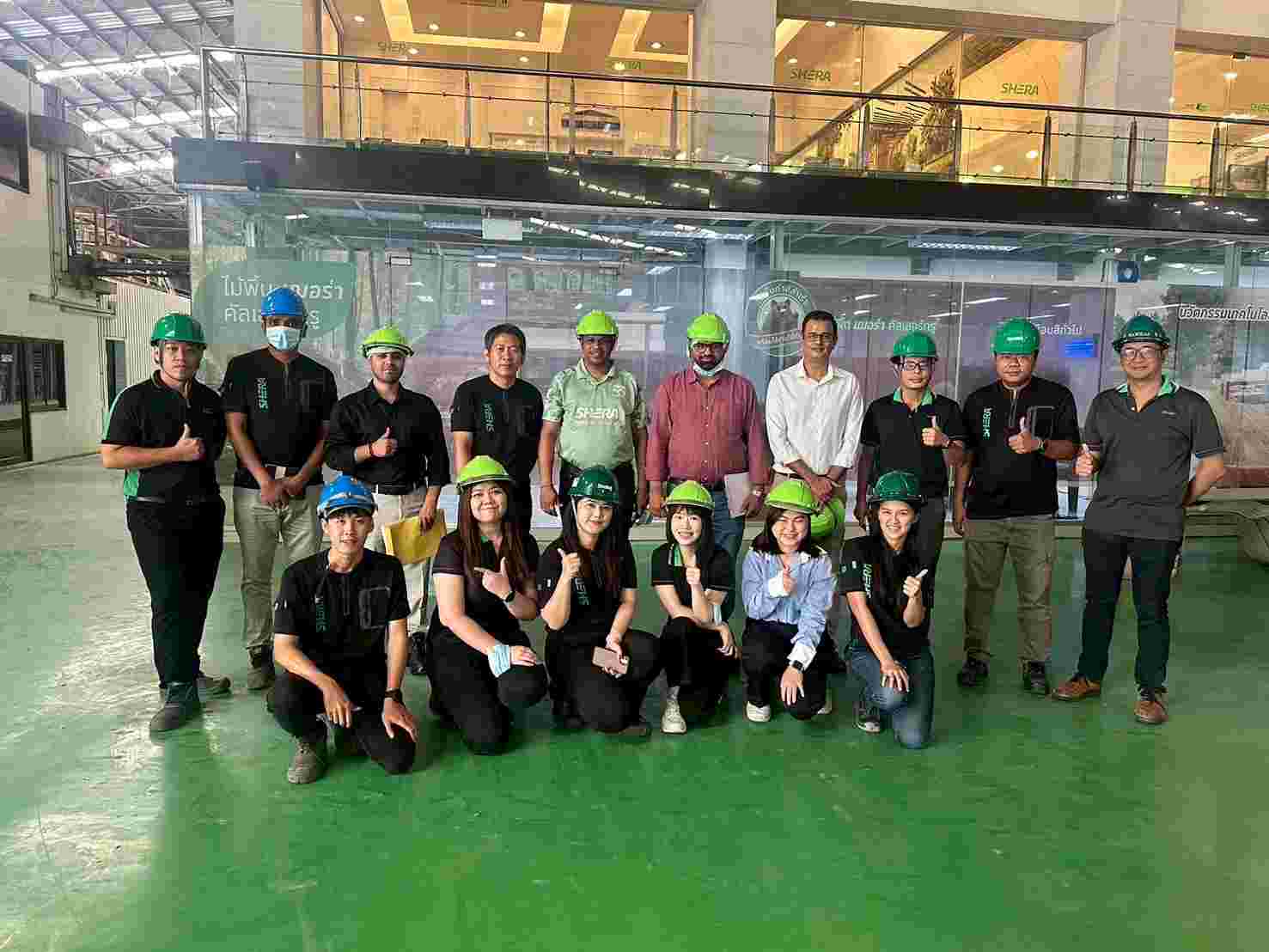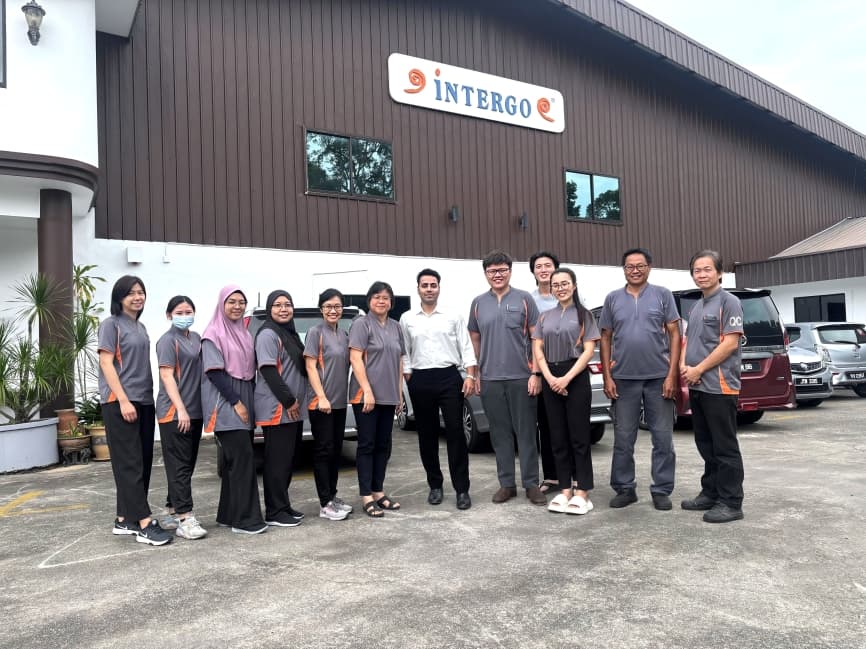Get A Quote
BIS Certification for Leather Safety Footwear having Direct Moulded Rubber Sole IS 11226: 1993
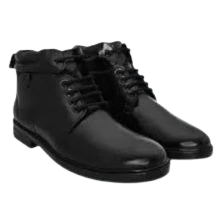
Leather Safety Footwear with Direct Moulded Rubber Sole is designed for high-performance safety in industrial and construction environments. This footwear combines premium leather uppers with durable, directly moulded rubber soles to provide optimal protection, flexibility, and comfort. Engineered to safeguard against abrasions, slips, and heavy impacts, these shoes are ideal for rigorous work conditions.
The rubber sole ensures superior grip and resilience, while the leather construction offers breathability and durability. These safety shoes are essential for industries prioritizing worker safety, providing reliable protection without compromising on comfort and functionality.
Introduction
BIS certification
for Leather Safety Footwear with Direct
Moulded Rubber Sole ensures compliance with the safety and quality
requirements outlined in Indian Standard
IS 11226: 1993. This certification guarantees that the footwear is
manufactured to meet critical performance parameters, including slip
resistance, sole adhesion, and impact protection. As per the Footwear made from Leather and other
materials (Quality Control) Order, 2020, issued by the Ministry of Commerce and Industry (Department for Promotion of Industry
and Internal Trade), manufacturers must obtain the ISI Mark before selling
these products in the Indian market. The certification process involves
stringent testing of materials, construction, and durability to ensure worker
safety and industry compliance. Adhering to BIS standards not only reinforces
product reliability but also enhances consumer trust and promotes safe working
environments.
Why is BIS Certification
Necessary for Leather Safety Footwear Having Direct Moulded Rubber Sole?
BIS certification for Leather Safety Footwear with Direct Moulded Rubber Sole is crucial for ensuring product safety, quality, and market compliance. Industrial environments pose significant risks, and substandard footwear can result in severe injuries. Certification under IS 11226: 1993 validates that the footwear meets essential criteria like abrasion resistance, slip prevention, and impact protection. The Footwear made from Leather and other materials (Quality Control) Order, 2020 mandates this certification to eliminate inferior products from the market and protect workers. Non-compliance with this order can lead to penalties under the Bureau of Indian Standards Act, 2016. BIS certification safeguards workers, boosts consumer confidence, and supports manufacturers in meeting legal and quality benchmarks.
Overview of Indian
Standard IS 11226: 1993
Indian Standard IS 11226: 1993 specifies
the safety, durability, and performance requirements for Leather Safety Footwear with Direct Moulded Rubber Sole. This
standard ensures that the footwear is designed to offer maximum protection in
hazardous industrial environments. It outlines key features such as robust
rubber soles directly moulded onto leather uppers for enhanced durability, slip
resistance, and impact protection. The standard includes detailed testing
criteria for material strength, sole adhesion, abrasion resistance, and ergonomic
comfort. Compliance with IS 11226: 1993
is mandatory under the Footwear made
from Leather and other materials (Quality Control) Order, 2020, enforced by
the Bureau of Indian Standards Act, 2016.
Adherence to this standard ensures the safety of workers while promoting
quality assurance and regulatory compliance within the footwear industry.
Process for BIS Certification
The BIS
certification process for Leather Safety Footwear having Direct Moulded Rubber
Sole, designed to thoroughly evaluate a product's compliance with the required
standards. Here is a general overview of the certification process:
1. Application Submission: Manufacturers
must submit an application form along with required documentation to BIS.
2. Documentation Review: BIS reviews the
submitted documents to ensure completeness and correctness.
3. Factory Inspection: BIS officials
conduct an on-site inspection of the manufacturing facility to assess the
production process and quality control measures.
4. Sample Testing: Product samples are
taken and tested in BIS-approved laboratories to verify compliance with Indian
standards.
5. Certification Grant: Upon successful
completion of the inspection and testing, BIS grants certification, allowing
the manufacturer to use the BIS mark on their products.
Documents
Required for BIS Certification
To apply for BIS
certification, manufacturers need to submit the following documents:
● Application form
● Manufacturing process details
● Quality control plan
● Test reports from BIS-approved
laboratories
● Factory layout and equipment
details
● Proof of business registration
● Product specifications and
technical details
● Declaration of conformity to
Indian standards
Additionally, manufacturers may be required to provide proof of compliance with environmental and safety regulations, depending on the specific type of product being certified.
BIS ISI Mark Certification Costing And Timeline
To Know The Process in Detail, Please Visit:
- BIS ISI Mark Certification for Domestic Manufactures
- BIS ISI Mark Certification for Foreign Manufactures
Under BIS Registration Products ISI and CRS
Conclusion
BIS certification
for Leather Safety Footwear having Direct Moulded Rubber Sole is essential to
ensure adherence to quality and safety standards as per IS 11226: 1993. By
complying with the mentioned Quality control order, certified products provide
reliable performance, enhance consumer safety, and reinforce the credibility of
manufacturers in the Indian market.
Navigating the BIS certification
process can be challenging, especially for small and medium-sized enterprises.
EVTL India is a leading consultancy firm dedicated to assisting manufacturers
in obtaining BIS certification (ISI Mark) efficiently. With expertise in managing
BIS portal submissions, documentation, and regulatory fees, EVTL India ensures
a smooth and successful certification process. By choosing EVTL India,
manufacturers can enhance their product's marketability both in India and
internationally, securing a competitive edge. Additionally, EVTL India provides
ongoing support post-certification, helping manufacturers maintain compliance
with BIS standards and renew their licenses as needed.
Free Call Back
Latest News & Update
📅 BIS Critical Component List (CCL) Updates for Solar PV Modules
🕒 BIS Fee Concessions for MSMEs and Startups | EVTL India
📅 Guidelines for Implementation of Essential Requirements for Security of CCTV
🕒 Omnibus Technical Regulation (OTR) Amendment Order, 2025
🕒 Extension of Timeline for Filing Annual Returns by Battery Producers
📅 Extension of Timeline for Filing Quarterly and Annual Returns for E-Waste
🕒 Extension of Concurrent Running Period for IS 302-1: 2008 and IS 302 (Part 1): 2024
🕒 BIS Guidelines for Grant of Licence (GoL) | EVTL India
📅 CPCB Guidance on filing of Application, Fees and more
🕒 CPCB Notification on Labelling of Plastic Packaging
📅 Mandatory Compliance for Input Materials of Steel and Steel Products for Imports
🕒 BIS Guidelines for Scheme-X Certification for OTR-Regulated Products
📅 BIS Upgrades Product Certification License Numbers to 10-Digit Series
🕒 BIS Certification No Longer Mandatory for 14 Chemical & Polymer Categories
Why Choose EVTL INDIA
Expertise in Indian Regulatory Standards
End-to-End Support
Trusted by Top Indian & Global Brands
Fast Processing & Transparent Pricing
Strong Liaison with Indian Authorities
Company Profile